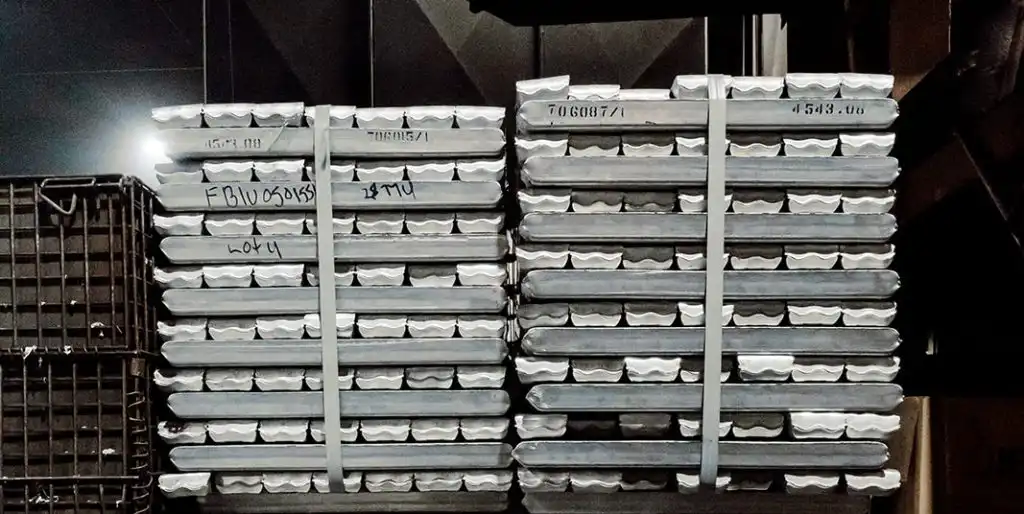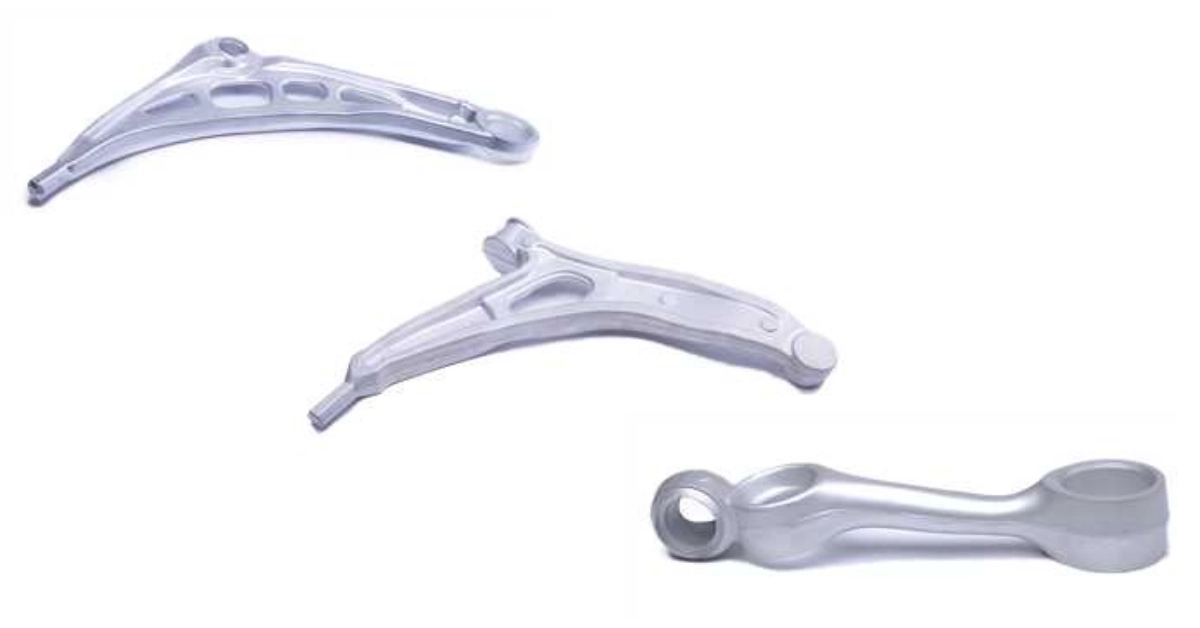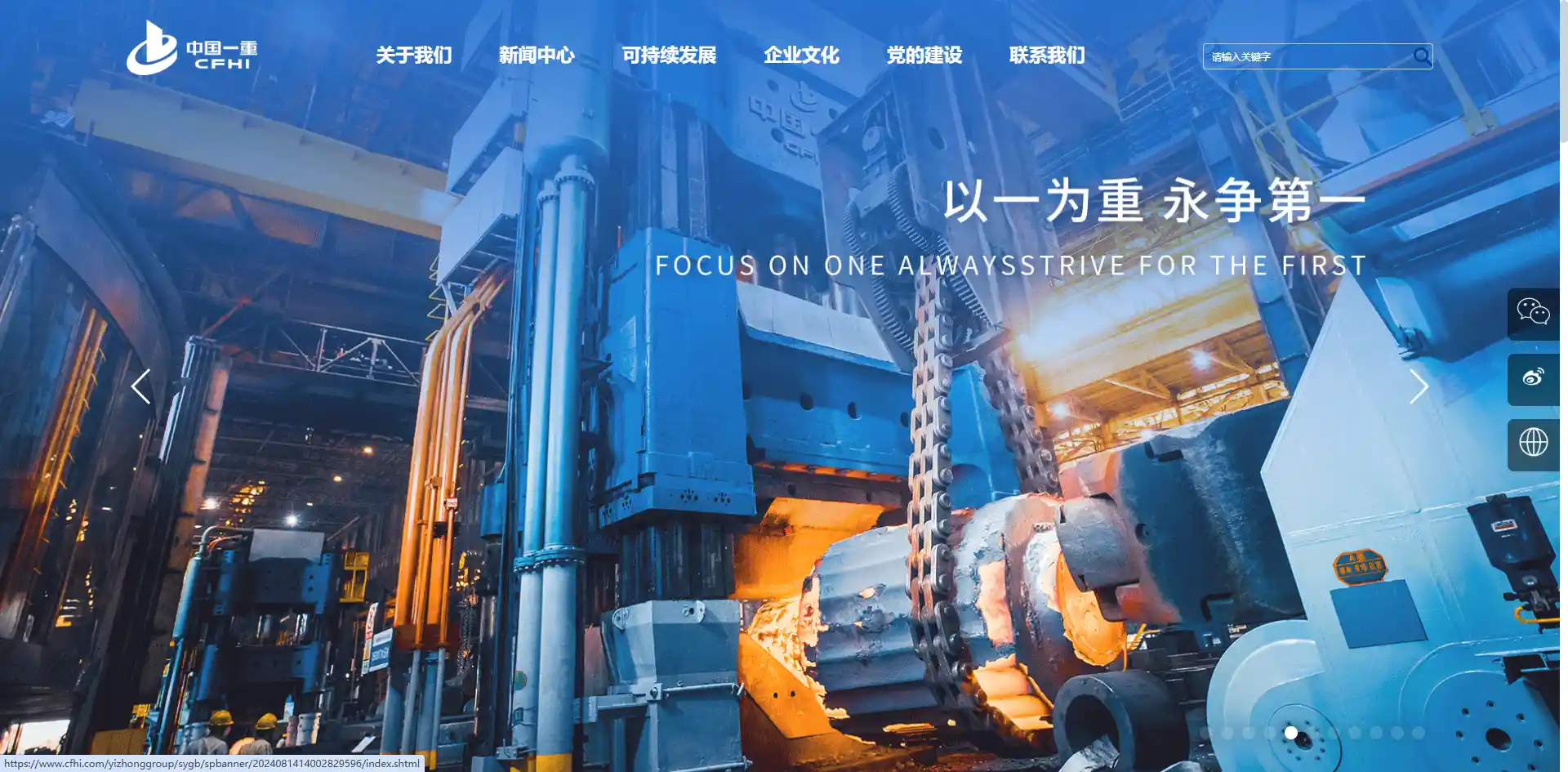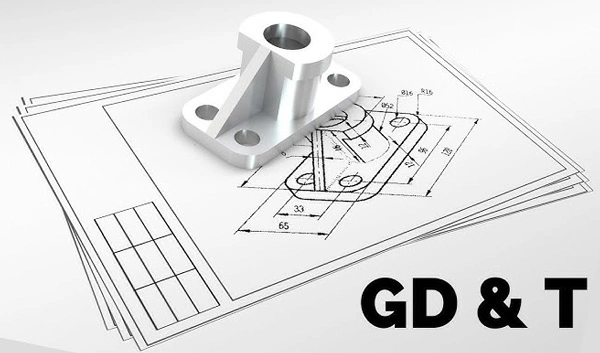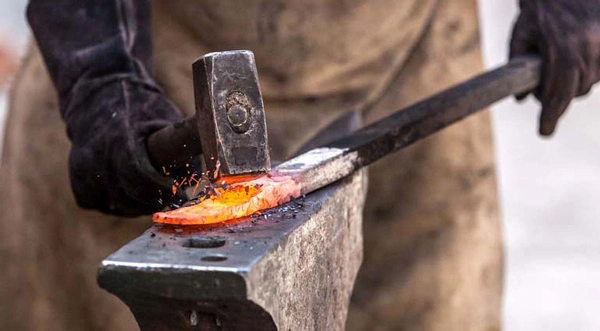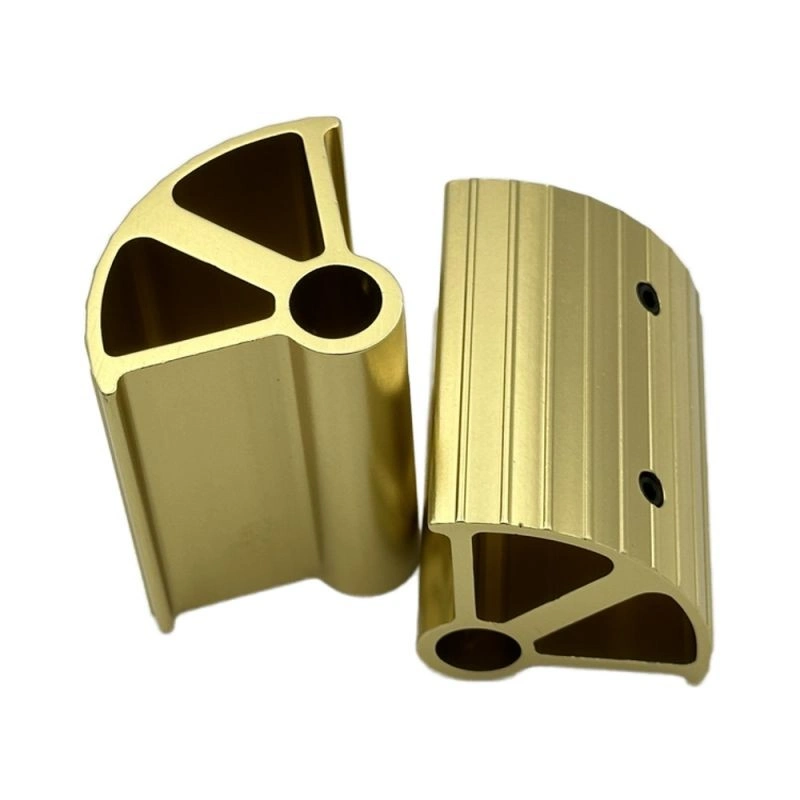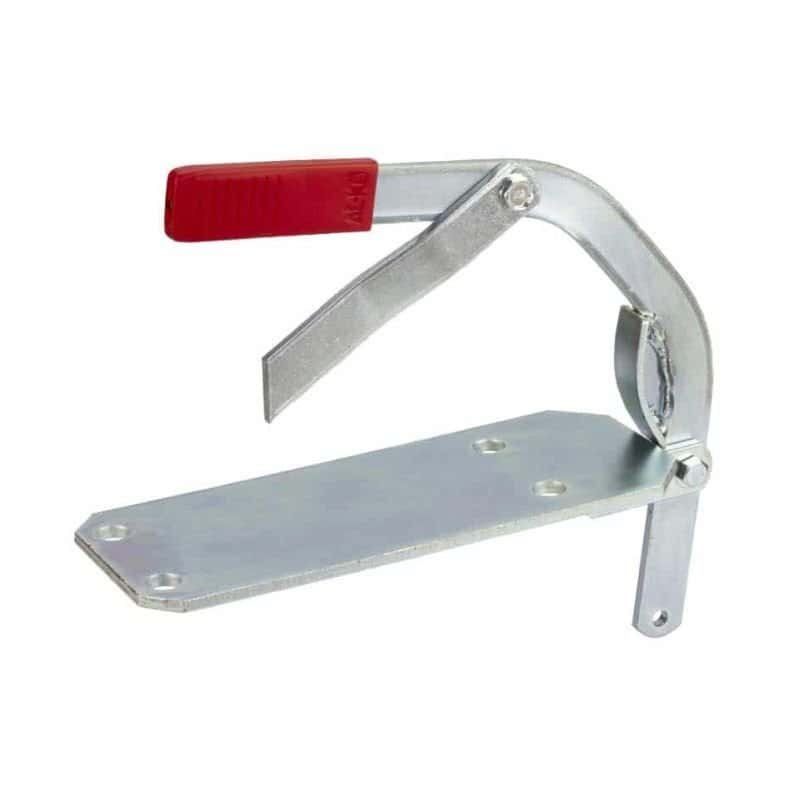A356 aluminium alloy is a casting alloy known for having excellent castability, corrosion resistance, and strength. It provides very good performance across many industries, which is why a lot of engineers use it. This article covers its makeup, features, and common uses.
Chemical Composition & Alloy Designations
Typical Elemental Breakdown
Element | Composition (%) |
Aluminium (Al) | Balance (~91.1 – 92.05) |
Silicon (Si) | 6.5 – 7.5 |
Magnesium (Mg) | 0.25 – 0.45 |
Iron (Fe) | ≤ 0.20 |
Copper (Cu) | ≤ 0.20 |
Manganese (Mn) | ≤ 0.10 |
Zinc (Zn) | ≤ 0.10 |
Titanium (Ti) | ≤ 0,.20 |
Silicon helps the metal flow better when melted, while copper improves the strength. Small amounts of iron help keep the metal from turning brittle.
Standards & Grade Variants
The A356 alloy comes in different grades, which meet different needs:
- A356.0 – This is the standard commercial version that is used for sand or permanent mold casting.
- A356.1 – This is a purer version with a lesser amount of iron in it. It can be used for special casting techniques.
- A356.2 – The highest pure version of the alloy, which is used for top-quality parts.
- UNS A13560 – This is used as the standard numbering name for this alloy.
Each grade gives the same base performance but may differ in surface finish or quality.
Mechanical & Physical Properties
Mechanical Properties in T6 Temper
The T6 temper condition improves the properties of the A356 alloy:
Mechanical Property | Value |
Ultimate Tensile Strength (UTS) | ≥ 235 MPa |
Yield Strength | ≥ 165 MPa |
Elongation at Break | ≥ 3.5% |
Hardness | ~ 75 HB |
Physical & Thermal Properties
Properties | Value |
Density | 2.68 g/cm³ |
Elastic Modulus | ~71 GPa |
Thermal Conductivity | ~ 150 W/m-K |
~ 21 µm/m-K |
The low density and its good thermal conductivity make A356 very good for thermal applications. Its elastic modulus also makes it suitable for different structural uses.
Fatigue Behavior & Deformation Performance
A356 resists fatigue very well when it is heat-treated properly. If there is repeated load or impact, it can lead to cracks, especially if the porosity is high. At higher temperatures, the alloy becomes soft, which makes it able to bend and flow better. However, at cold temperatures, it becomes stiff and may crack if bent too fast.
Heat Treatment Processes (T5 vs T6)
Heat treatments affect the strength and structure of the alloy in different ways.
T5: Cooling-Aged vs Natural Aging
The T5 temper involves a simpler aging process. The parts are first cooled after casting and then aged at room temperature. This is a fast process, but the results are parts that have lower strength.
T6: Heat Treatment & Aging Process
Here, the alloy is heated to a high temperature. After that, it is cooled very fast, and then aged again to give the metal the best strength.
Microstructural Evolution During T6
During T6 tempering, Mg₂Si (magnesium silicide) particles are formed to make the metal much stronger. The silicon particles also change shape from sharp-edged crystals to spheres, which is known as Silicon Spheroidization. These silicon spheres help the metal to bend more before breaking.
Casting Techniques & What To Consider
Sand Casting & Permanent Mold Casting
The A356 alloy is very good for both sand and permanent mold castings. It flows well and fills complex shapes easily. Sand casting is cheaper and also better for large or thick parts. On the other hand, permanent mold casting makes cleaner parts with better strength.
Limitations in High‑Pressure Die Casting & Squeeze Casting Solutions
This alloy doesn’t work well with high-pressure die casting. Gas bubbles get trapped and lead to porosity. This makes the part much weaker and lowers its strength. Squeeze casting is a better option to use because it uses high pressure during cooling to remove tiny holes.
Microstructure Control: Minimizing Porosity and Shrinkage
Controlling these defects can be hard, and they usually form during solidification. To minimize them:
- Use proper filters and vacuum systems to remove air.
- The cooling process should be controlled properly to reduce internal stress.
- It’s also best to use molds that cool evenly.
Advantages of A356 Alloy
- A356 is very easy to cast, and its fluid nature helps to create complex shapes.
- The alloy is very strong for its lightweight.
- It can also resist rust well and works in humid or wet environments.
- The parts from A356 are easy to weld and join easily with other aluminium parts.
- A356 can also be melted and reused many times.
Limitations & Use Case Constraints
- This alloy is more brittle when compared to wrought alloys like 6061, which is more ductile.
- A356 loses its strength at very high temperatures over 150°C.
- Designers may face issues when working with A356 parts because sharp corners can create stress points. This can cause failure under cyclic loads.
Industry Applications & Real‑World Examples
A356 is widely used across multiple industries. Its light weight, strength, and ability to form complex shapes make it ideal for both structural and thermal parts.
Aerospace
In the aerospace industry, it’s very important to make aircraft with parts that are both strong and light. They should also be able to resist rust, and A356 meets these needs, especially when heat-treated to T6. Some of these parts include:
- Structural castings
- Engine Controls
- Gearboxes
- Control housings
Automotive
Car manufacturers also make use of this alloy to make vehicles lighter and more efficient. A356 is also used for some parts of electric vehicles as well. You can find this alloy in:
- Transmission housings
- Engine mounts
- Suspension parts
- EV components
This alloy also helps to improve fuel consumption, thanks to its lightweight nature.
Industrial
When it comes to industrial settings, A356 works well in both hot and wet environments. Its ability to resist rust well also elongates the lifespan of some parts, such as:
- Heat sinks
- Pump bodies
- Blowers
- Fan Blades
- Electronic enclosures
Conclusion
A356 aluminium combines easy castability with great strength and corrosion resistance. With proper heat treatment, it performs even better, making it suitable for many industries. Choose A356 for your next project and you won’t be disappointed.
Discover more with our blog posts.
Recent Posts
Discover more about our products
HDC Products
Instant Quote!
